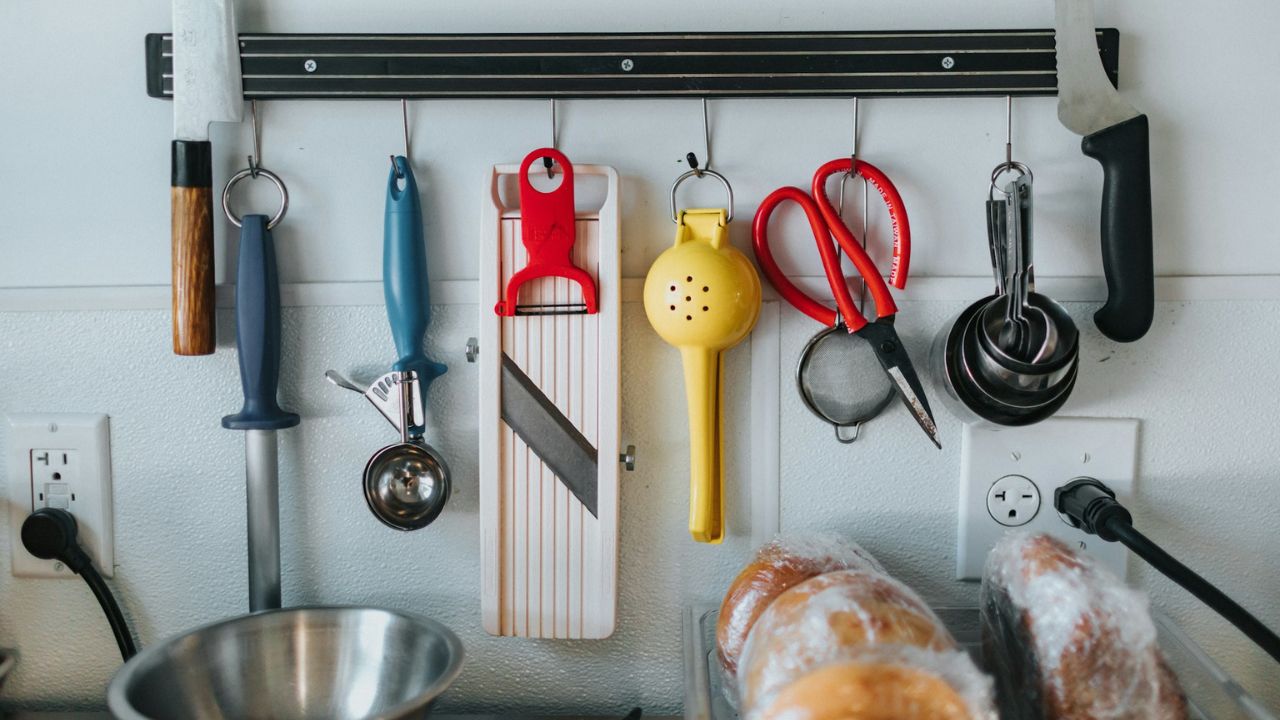Some kitchen gadgets sound smart in ads but end up idle on shelves. Most are single-purpose, hard to clean, or repeat what basic tools already do. If storage is tight, skip bulky devices that save seconds but steal space over months. This gallery lists nine common dust collectors, with clear reasons to rethink them and practical swaps you already own, like a chef’s knife, skillet, and colander. Use it as a declutter checklist before your next recipe run. Keep or toss based on use, not hype or packaging claims.
1. Avocado Slicer
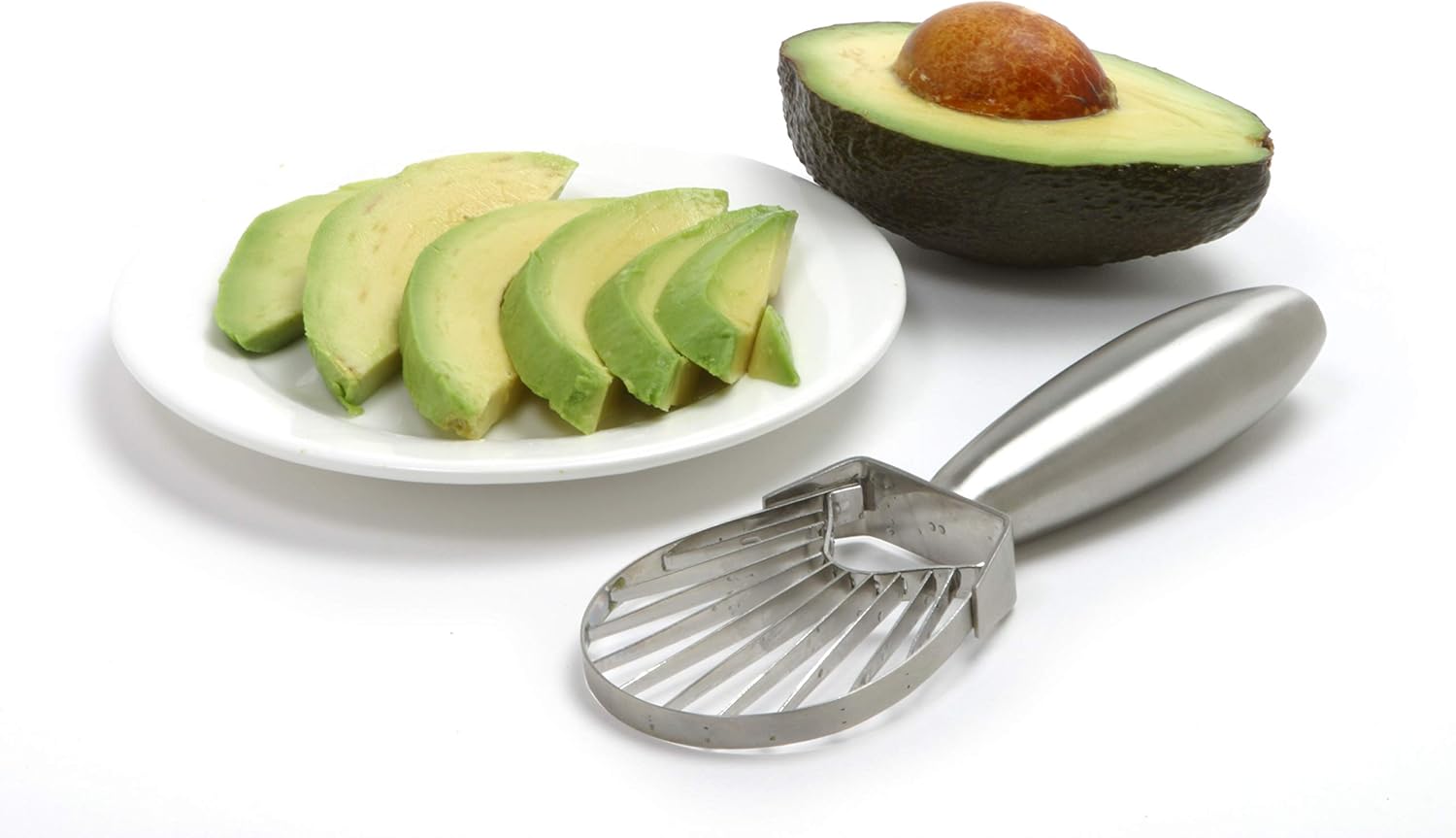
An avocado slicer promises neat wedges, but a sharp knife and spoon already do the job faster and cleanly. Most slicers have plastic fins and narrow slots that trap pulp, requiring a brush to wash each time. They handle one fruit at a time, then sit idle between guacamole nights. If you prep many avocados, a chef’s knife gives cleaner cuts, removes the pit safely with a twist, and slices for toast or salads. Save drawer space for tools that work on many foods, not a single-task gadget. Stainless parts can dull; plastic can warp in hot dishwashers, shortening life.
2. Banana Slicer
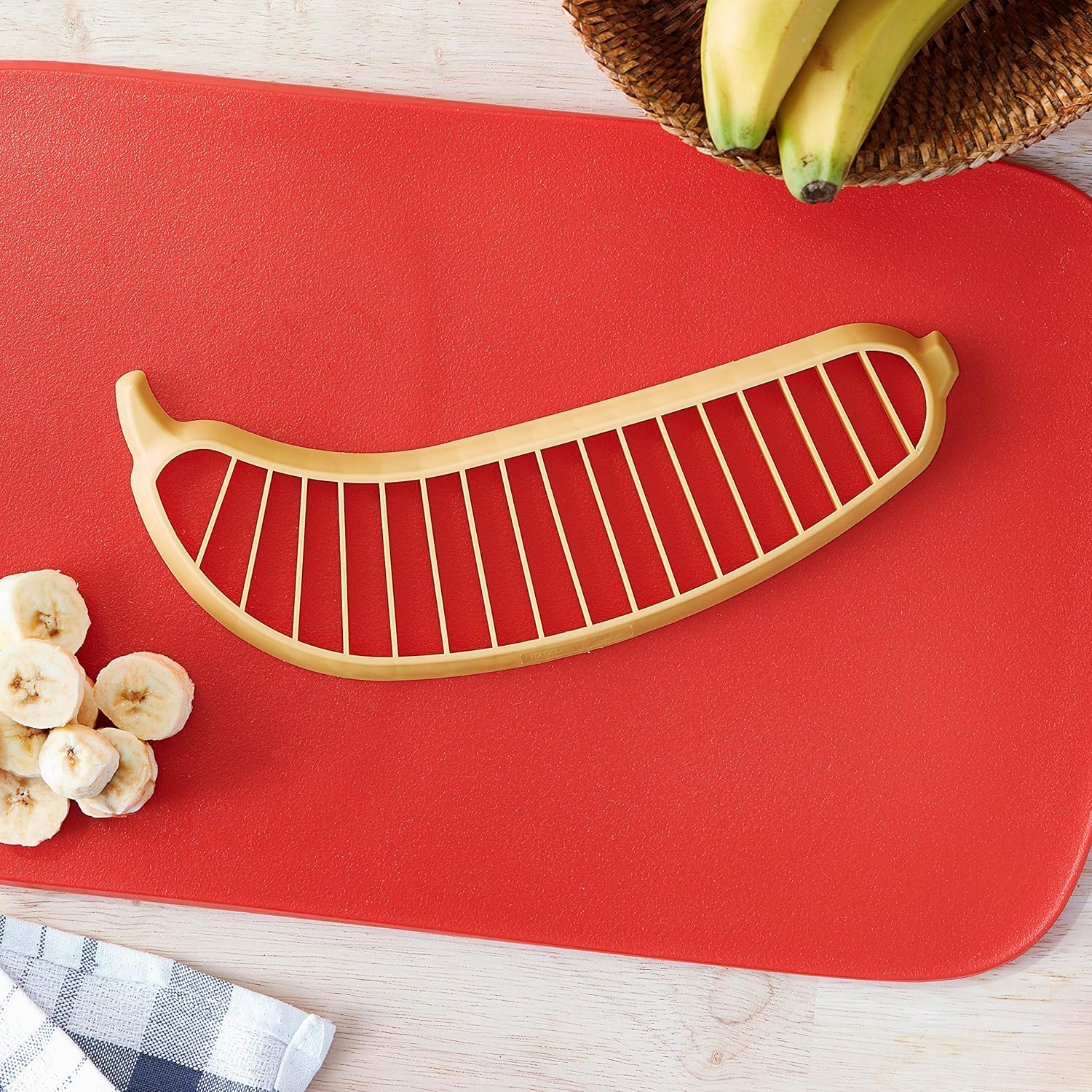
Banana slicers cut many even pieces at once, yet a table knife takes seconds and rinses clean. Plastic frames bend and often miss the curve of larger fruit, leaving uneven cuts and mush. The tool only works on soft bananas, not firmer produce, so it rarely earns space. For cereal or baking, a knife gives control over thickness and angles without extra storage or washing time. Keep a small paring knife handy and skip a device that solves a problem most kitchens do not have. Many models are not dishwasher safe and can warp, turning a quick snack into sticky cleanup.
3. Strawberry Huller
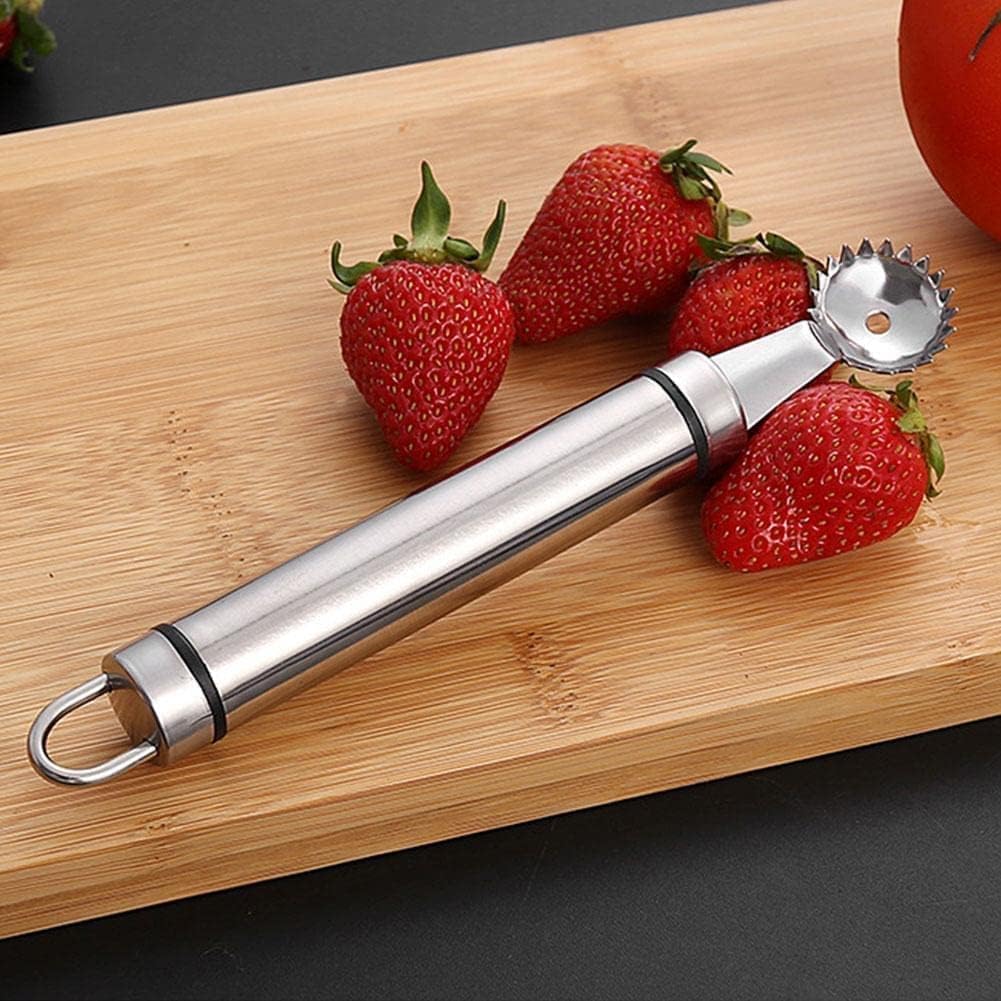
A strawberry huller removes stems with tiny jaws, but a simple paring knife or a spoon does it in one motion. Small spring parts loosen over time, and the tips can crush soft berries. If you batch prep, a knife cores faster and handles mixed sizes, including large or misshapen fruit. The huller does not slice or hull other produce, so it spends most days idle. Choose a multi-use knife and keep berries cold and dry so trimming stays quick and the texture holds for toppings. Fewer moving parts also means fewer places for seeds and juice to stick during cleanup.
4. Quesadilla Maker
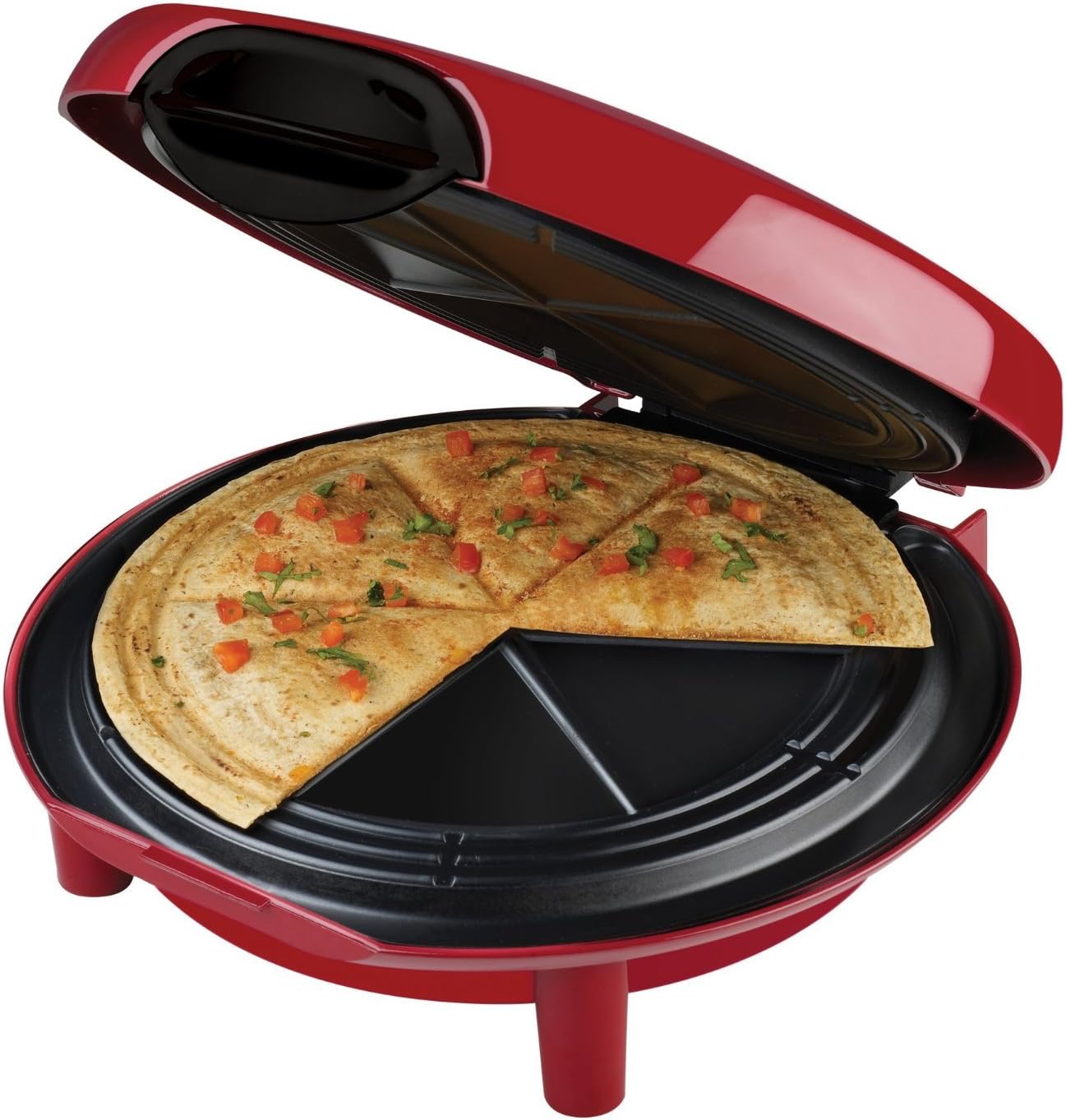
Countertop quesadilla makers press tortillas with heating plates, but a nonstick skillet does the same task with better control. Plates fix the wedge pattern and can overflow melted cheese into seams that are hard to clean. The appliance footprint eats storage for a single snack. A skillet lets you adjust browning, add fillings of any height, and cook other foods between meals. Use a spatula and a lid for even melt and flip once; cleanup takes one pan, not a bulky plug-in. If you want grill lines, a stovetop grill pan or press handles sandwiches, tortillas, and meats with the same footprint.
5. Garlic Press
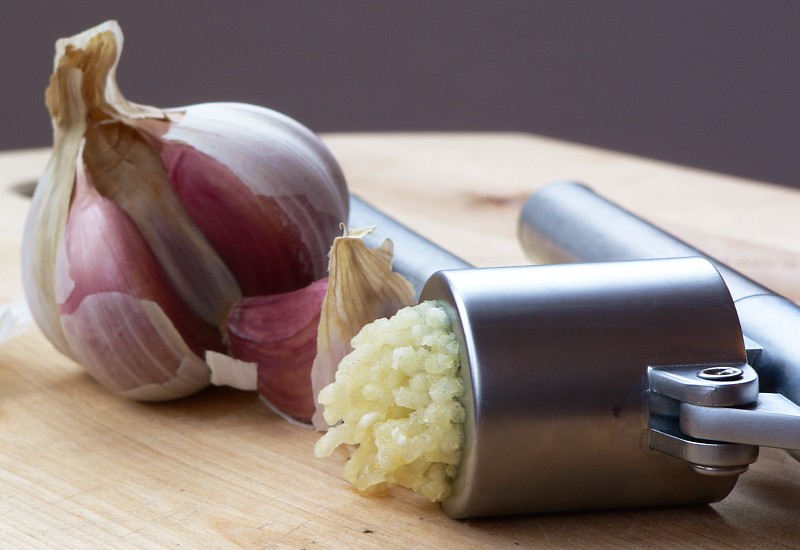
A garlic press makes a wet paste fast, but it is slow to clean and often wastes cloves in the chamber. Pressed garlic can burn quickly, turning harsh in hot oil, while knife-minced pieces cook more evenly. Most presses have hinges and grids that need scrubbing with a tool or toothpick after each use. A chef’s knife minces, slices, and smashes cloves for dressings or stir-fries without extra parts. Peel by crushing with the flat of the blade, then mince to size; cleanup is one board and knife. For large batches, a food processor chops evenly and handles onions and herbs too.
6. Egg Separator
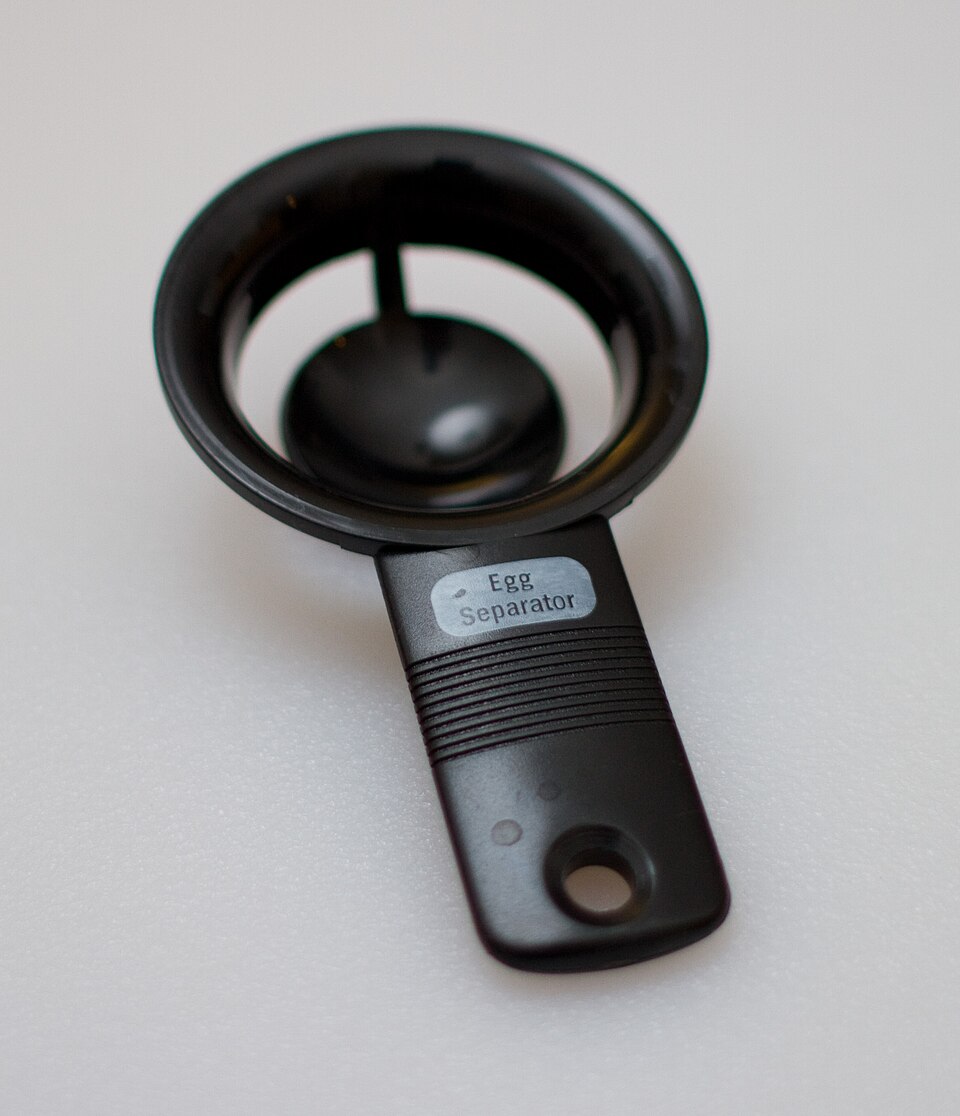
Egg separators promise clean yolks, but the shell-to-shell method or clean hands work as well with less washing. Separators can clog with albumen and require careful drying, since water ruins whipping for meringues. The tool only handles one task and slows down batch baking. Crack eggs into a small bowl, lift the yolk gently with the shells or fingers, and move on. You avoid an extra gadget, keep control of each egg, and reduce the chance of plastic edges tearing the yolk mid-transfer. Fewer tools also lower the risk of stray shell bits hiding in ridges.
7. Hot Dog Toaster
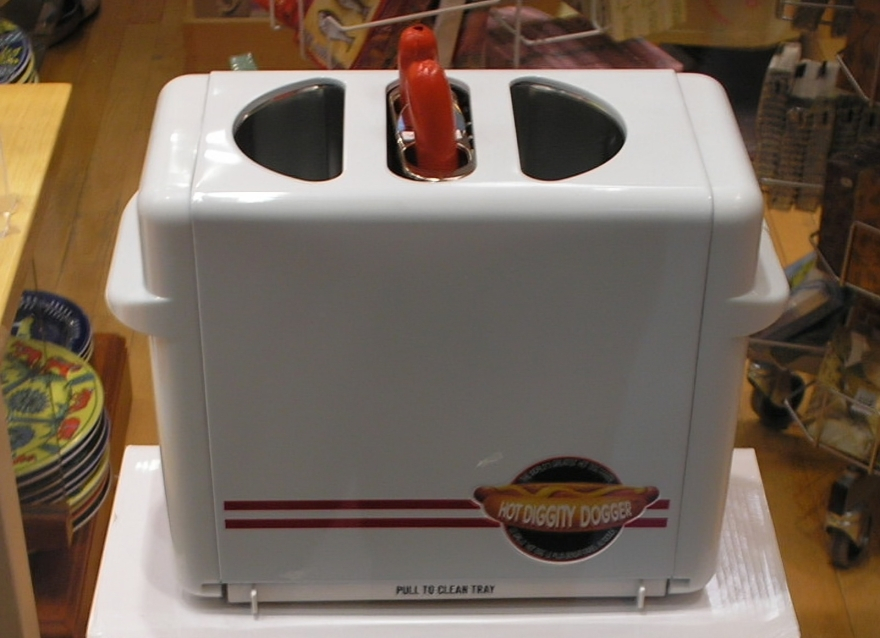
A hot dog toaster browns buns and warms franks in vertical slots, but a skillet or grill pan does both with better control. Grease drips into narrow wells that are hard to clean, and the corded body takes up space year-round. Heat is fixed to one food shape, so it sits idle outside ballgame nights. A pan lets you sear, steam with a splash of water, and toast buns cut side down in minutes. One pan, one wipe, no special storage or tiny crumb trays to empty. If you cook for a crowd, a sheet pan in the oven handles dozens at once and keeps cleanup simple.
8. Electric Air Popcorn Maker
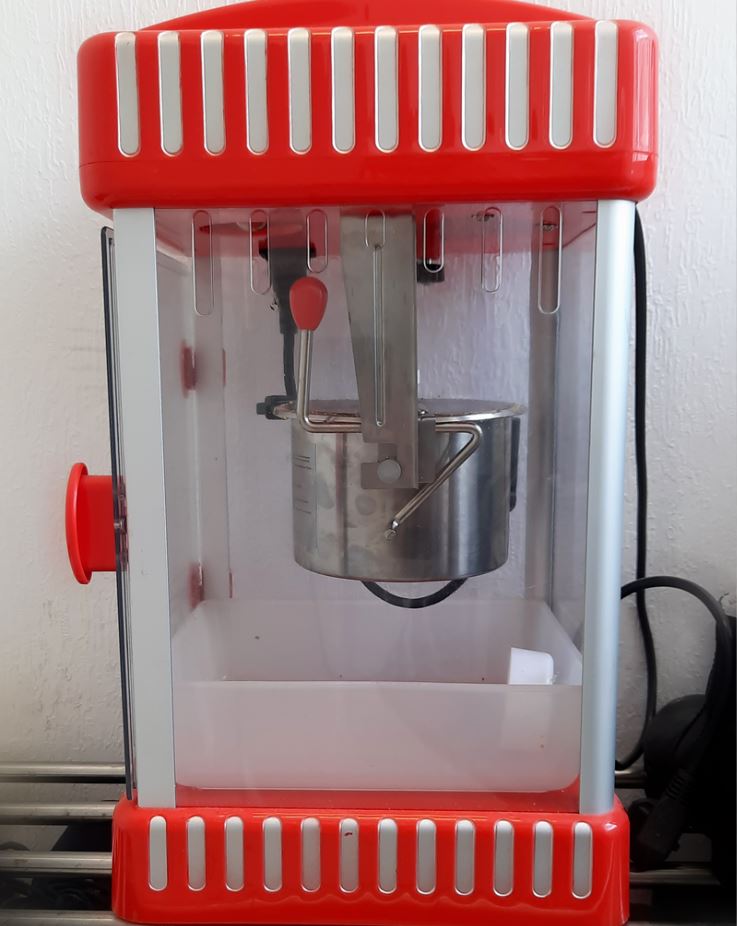
Hot air poppers work, but they blow loose flakes and need counter space for a single snack. A microwave-safe bowl with a vented lid or a lidded pot on the stove pops kernels in similar time, costs less, and cleans faster. Poppers add one more cord and chute to wipe down after oil or butter. Stovetop methods let you control salt and fat while avoiding extra plastic parts. Store kernels in a dry jar and use the pan you already own for movie night. For small kitchens, multi-use gear beats a device that only makes popcorn and still needs a bowl for serving.
9. Ice Cream Maker

Home ice cream tastes great, but most countertop makers need a freezer bowl chilled for 12–24 hours and take bulky storage room. Cleanup involves the dasher, lid, and canister after each batch. If you make frozen desserts rarely, a no-churn recipe in a loaf pan uses tools you already have and takes less space. Many families use the machine a few times in summer, then shelve it. Consider renting or borrowing for parties and keep your freezer clear for daily food. If you upgrade later, compressor models are faster but even larger; plan storage before buying.
